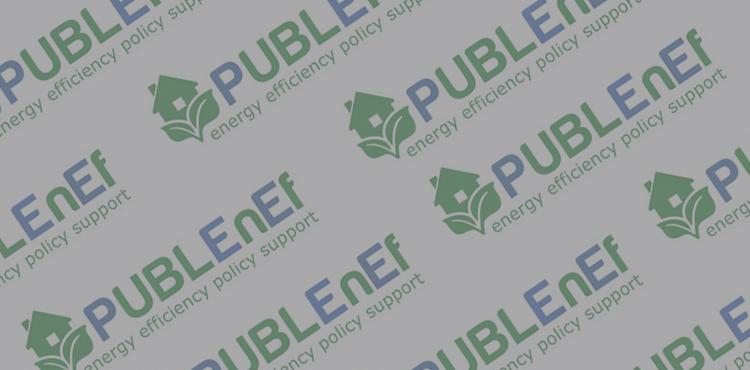
Implemented by: Center for Monitoring Business Activities in the Energy (CEI)
SMIV is the first Monitoring and Verification Platform developed as an online application that incorporates National Energy Efficiency Action Plans, Regional and Local Energy Efficiency Action Plans and planning instruments together with specially devised tools that allow all users to generate reports, plans and calculations of their energy savings under the same unified methodology, defined by the EU principles. Data contained in SMIV is used for many energy savings calculations, analysis and continuous oversight of achieved National energy efficiency targets. SMIV is based on the bottom-up methodology and is used on a local and national level to calculate energy savings in three main sectors: Building, Industry, and Transport. SMIV greatly simplifies the process of calculating energy efficiency savings through simple user interface were users with basic IT skills can enter data on implemented measures. The special national legislation was developed in order to implement SMIV in all relevant fields. Obligatory users of SMIV defined by these regulations are public sector, ESCO companies, and subsidy providers. During the implementation phase of the project, all users representatives received education and technical support through multiple regional workshops.
e-mail: ee@cei.hr
NEEDS ADDRESSED :
• no EE policy public sector strategic goals with defined targets at national level
(Art. 3)
• the government hasn't any programme in place to carry out energy efficient renovations on at least 3% of the buildings they own and occupy by floor area
(Art. 5)
• national monitoring and reporting isn't undertaken to demonstrate progress achieved towards national energy efficiency targets (Art. 24)
• regional and local monitoring and reporting isn't undertaken to demonstrate process achieved towards regional or local energy efficiency targets (Art. 24)
• individual public bodies aren't aware of their progress towards their energy efficiency targets (Art. 24)
• there are no implications to the public sector where targets are not being met (Art. 24)



